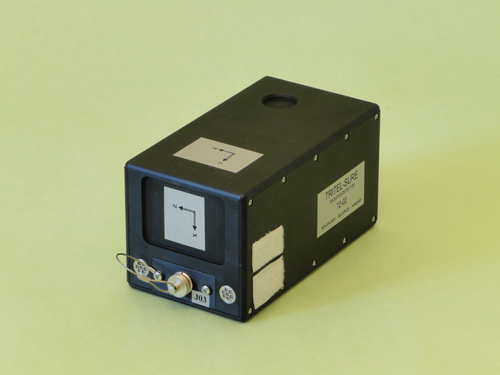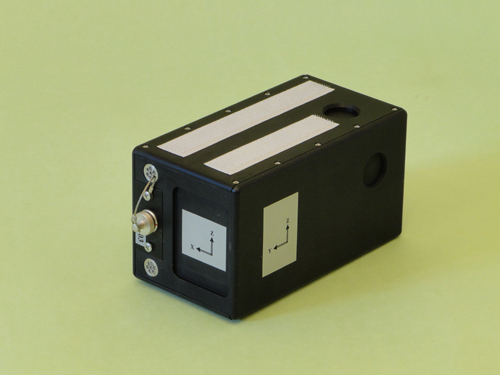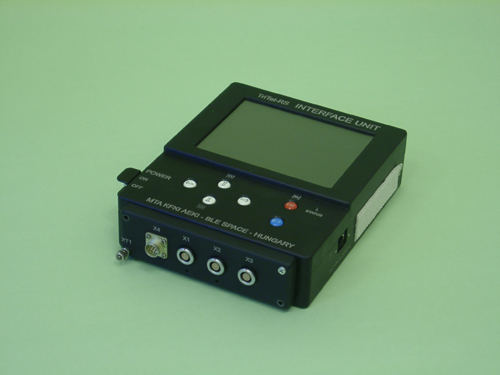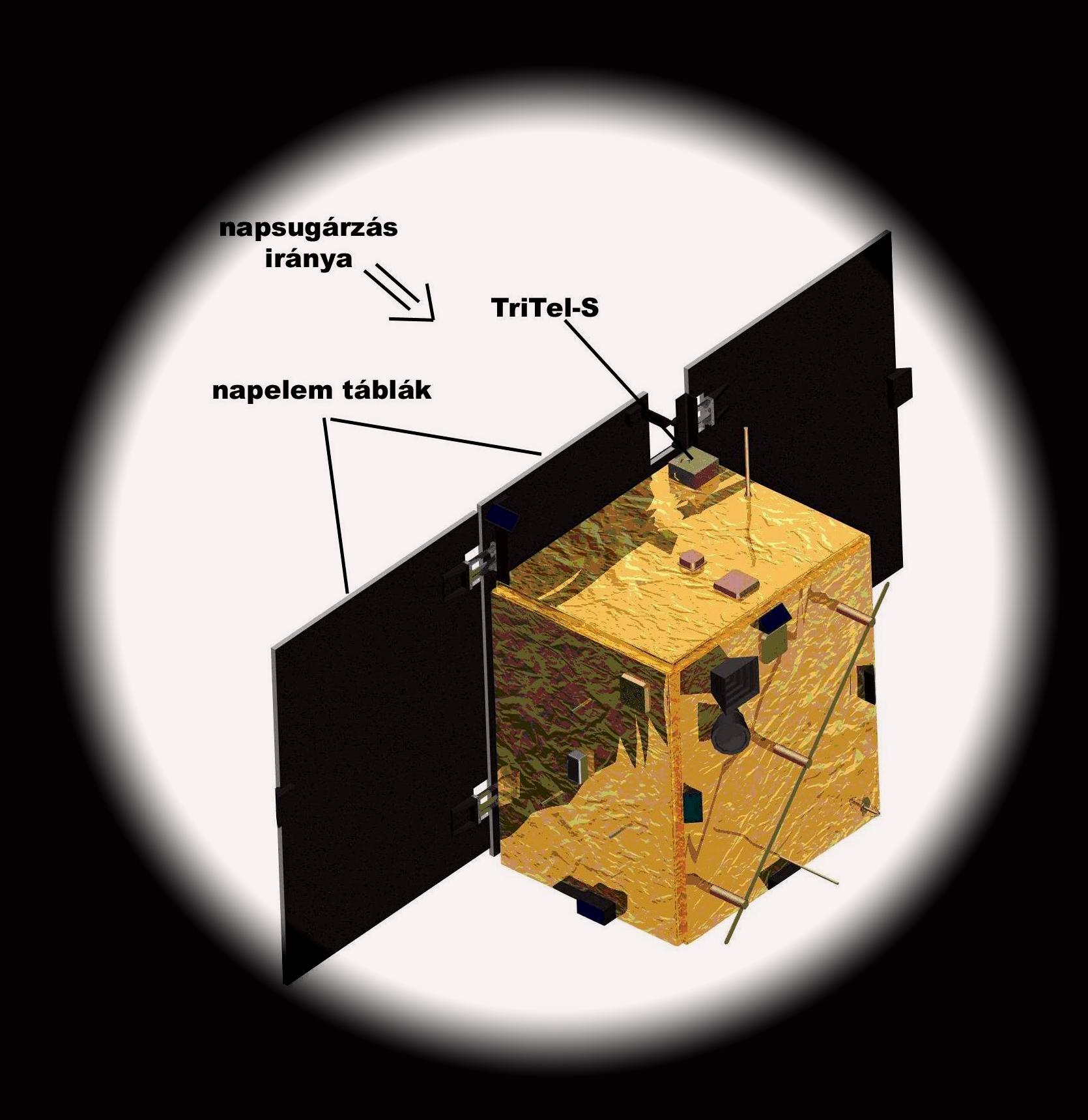TriTel: three dimensional silicon detector telescope
Due to significant spatial and temporal changes in the cosmic radiation field, radiation measurements with advanced dosimetric instruments on board space vehicles are extremely important. Since dose equivalent, which characterises the stochastic biological effects of the radiation, was defined in terms of a LET (linear energy transfer)-dependent quality factor, determining the LET spectrum and the quality factor of cosmic radiation is necessary. For this reason, the development of a three dimensional silicon detector telescope (TriTel) with almost uniform sensitivity got underway in the Atomic Energy Research Institute several years ago. The instrument comprising three mutually orthogonal, fully depleted PIPS detector pairs will be capable of providing the LET spectrum and the average quality factor of the radiation as well as the absorbed dose and dose equivalent.
In cooperation with the Institute of Biomedical Problems (IBMP, Moscow), TriTel-RS will be installed onto the Russian segment (RS) of the ISS in the near future. The so called interface unit of the instrument will be capable of operating up to 3 detector units (each containing three telescope axes with their analogue signal and digital data processing circuits) that can be distributed in specified locations of the ISS and/or outside the station. By default, TriTel-RS will be equipped with two detector units from which one is installed at a fixed position and serves for monitoring (and reference); the other one can be relocated several times during the mission, hence the shielding effects of the wall of the ISS can be studied.
A 3D silicon detector telescope, similar to TriTel-RS will be flown on board the European Columbus module of the ISS in the end of this decade. The flight opportunity was obtained earlier within the framework of the European SURE (ISS: a Unique Research Infrastructure) program. The objective of the TriTel-SURE project will be to determine the absorbed dose and dose equivalent at a given location inside Columbus. TriTel-SURE will incorporate three passive detector stacks as well. These stacks – comprising several layers of track detectors and a layer of thermoluminescent (TL) detectors – will be mounted onto the detector unit of TriTel-SURE with axes coincident with the axes of the telescopes. The whole dosimetric equipment will be assembled in our institute and will be expectedly uploaded to the space station in 2011.



TriTel-ESEO is the satellite version of TriTel chosen to be one of the scientific instruments operated on board the European Student Earth Orbiter (ESEO). Concerning the ESEO satellite programme, there were two important changes in 2008. One change touched the approach followed by ESA in the management of the project; i.e. from now on the overall development effort will be under the control of an industrial contractor, Carlo Gavazzi Space S.p.A. The other change concerned the orbit of the satellite. Contrary to the previously envisaged highly elliptical geostationary transfer orbit, ESEO will be injected to a sun-synchronous low Earth orbit. The project schedule foresees a launch expected to take place in 2012.
